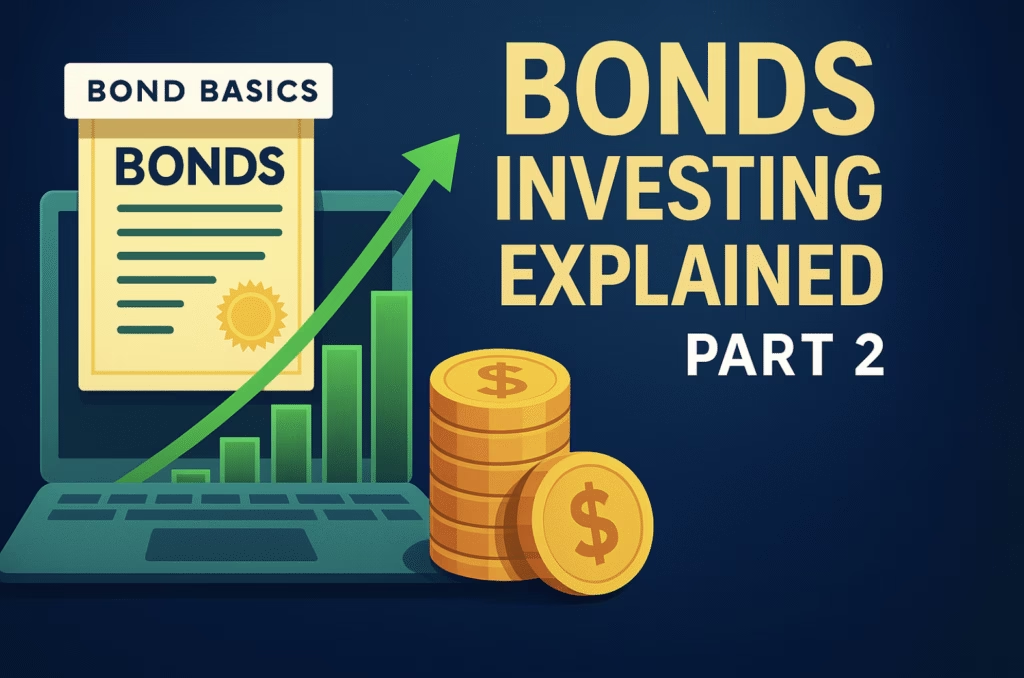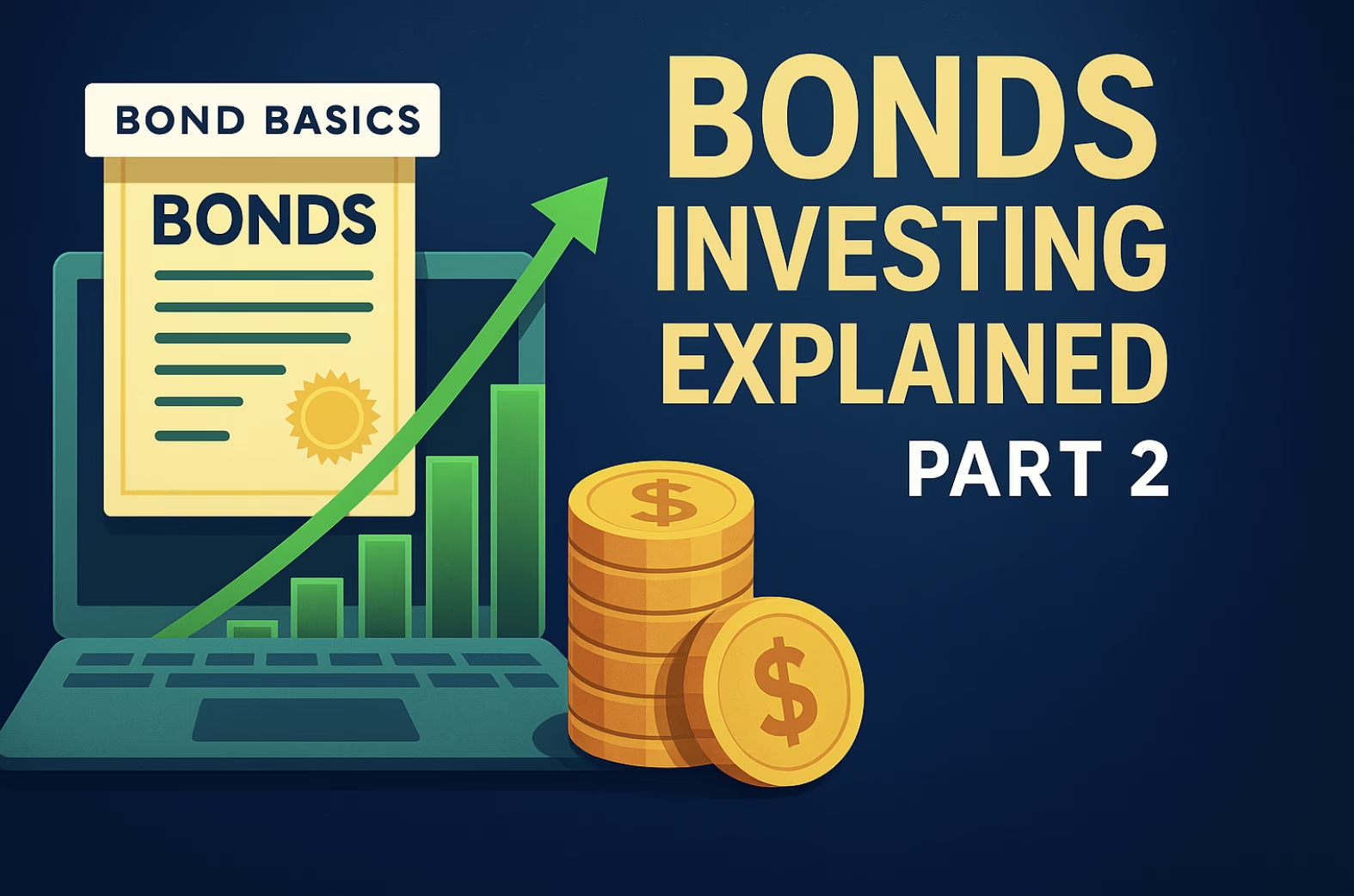Looking for a low-risk investment with stable returns? Investment options might be your answer. In this beginner-friendly guide for Bonds, we’ll explain everything from what an investment is, and why it could be a smart move for your portfolio in 2025…….

In Part 1 we saw what is bond and how to choose the bond with your future goal. In this blog we will continue from where we ended last time. Last blog we discussed about retirement strategy, in that we slightly touched the rule of 20 but in this blog we will continue it.
Understanding the Rule 20
After reading 20 rule you are thinking that this thing is impossible to do and save $600,000, but because of the compound interest we can easily achieve this amount. We assume you are 30 years old and you started investing for your retirement, you are putting your money wisely and you are diversifying your portfolio.
If you started putting $250 a month, at age 65 you will have $600,000.
Okay, where the expense into 20 multiple rule came from? This is the approximation value of what you needed at your retirement. Now your expenses are $20,000 and you are not increasing your expenses. At the age 65 you need $600,000 because of that, at the age 65 you have 20-year expense you have already managed. Now you are thinking then what about inflation? Now the US inflation rate is around 3% and the 10-year government bond rate is 4%. If you invest your $300,000 in government bonds, we beat the inflation.
Choosing Your Investment Style
What does the Rule of 20 have to do with your choice of investments and the wisdom of holding bonds? Simple: The further away you are from achieving that financial goal, the higher the rate of savings you need or the higher the rate of return you require from your portfolio — or both.
I simply point out that those people who want higher return then investing in bonds is not a good choice for them. A heavy position in bond is most appropriate when the investor focuses not on the growth but on conservation of funds and like a slow growth, then bonds is great investment option.
Say for example if you are at 55 or 65, you don’t put your money in risky asset, you put your money in bonds or fixed income securities. Or take another case: if you achieve the goal $600,000 mark and your age is 65, now you have to switch your portfolio in safe or fixed income instrument.
Be aware, however, that simple portfolio-construction formulas (that typically use age as a main determinant) often don’t work! I’m giving you some very rough rules just to get you thinking about how I think in terms of investment allocation. that same 55- or 60-year-old investor who may want to shift more of his or her portfolio to bonds may actually want to shift back to stocks 20 years later if the portfolio is worth millions.
Making Your Savings and Investment Selections
One of the most important things you have to keep in mind is inflation. we will learn inflation with the help of example: if you have $1000 and you put that money aside, after 2 years your money will be purchasing power only $940. You still put your money aside for 5 years, then your money has purchasing power $860. You are saving money, but your money value is declined and purchasing power is also declining. For this scenario investors and economists called inflation risk.
Moral of the story is: don’t put your money under the mattress.
When you saved money, you think you are securing your future but you aren’t. But when you invest your money in good instrument that will grow fast enough to keep up with inflation risk and give you some extra returns over inflation rate.
The whole point of investing is to earn real return. Real return means the rate of return after the inflation. If your nominal return is 8% and inflation is 6%, then your real return is 2%. This return is better than nominal return 15% and the inflation is 20%, then your in -5% loss. That’s why investing your money in proper financial instrument is important. If you are not capable, you can hire a professional person who helps you to invest your money.
Investing Your Money for the Growth Prospects
Company stocks: When you decide to invest your money for growth, then company stock is the best option. Bonds means you are lending money, but in stocks you purchased company ownership. In bonds you get fixed return and the chances of default risk is very low, but in stocks you are the owner of the company, risk is relatively high on stock. If you are okay to take risk or you are young, then you can invest money with the help of professional.
I think now you are clear about how to invest money what’s suits you, best of luck for your financial freedom.
